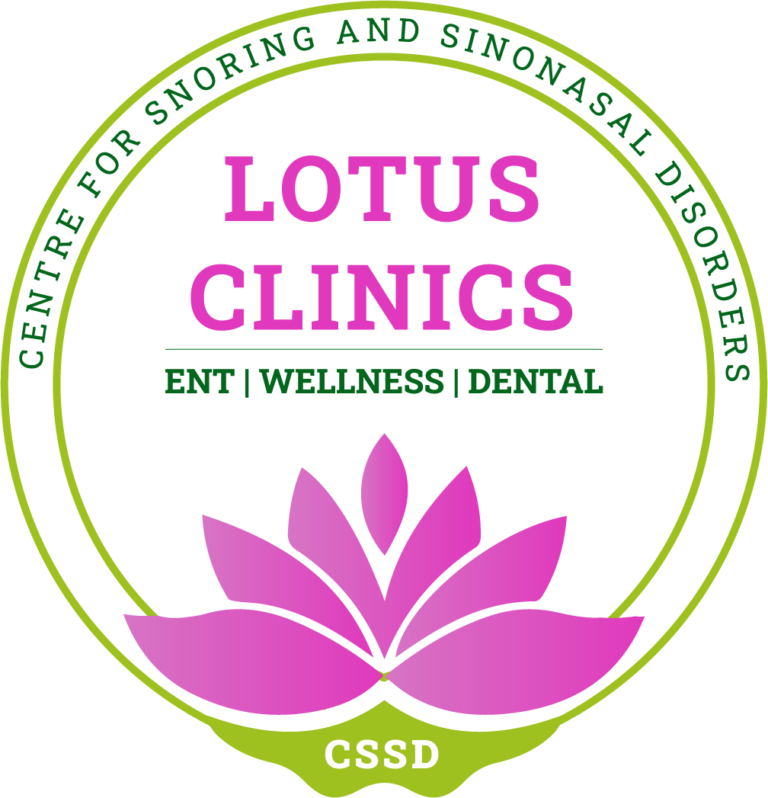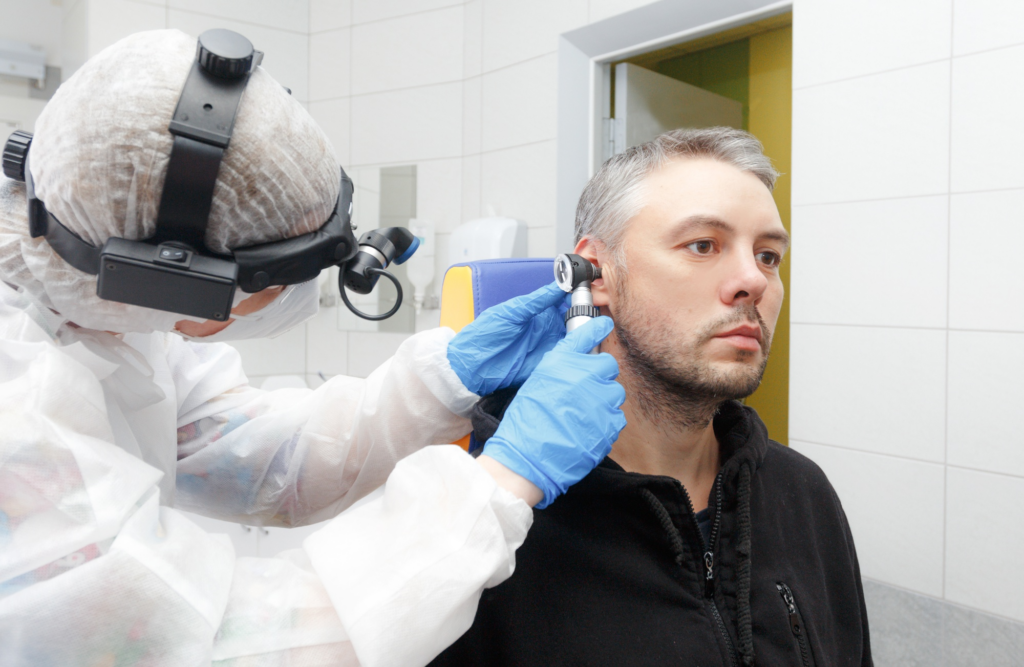Opening the Door to Ear Health: An Introduction
Ear health plays a huge role in our overall wellness. Despite this, many people often neglect their ears unless there’s a problem. Enter otoscopy, a simple yet vital tool in maintaining ear health. It’s key to regular ear care and helps in diagnosing potential issues early on.
Regular ear examinations are like health check-ups for your ears. They can catch problems before they become serious. This is where the otoscopy examination shines. It’s a straightforward process that can prevent bigger ear concerns later. Routine check-ups mean you can tackle ear health proactively. This approach significantly lowers risks and promotes long-term ear wellness.
Incorporating otoscopy into regular care is a smart move. Early detection through otoscopic evaluation can save you from discomfort or more serious ailments. Making ear health a priority means taking simple but vital steps. By caring for your ears routinely, you support not only your hearing but overall quality of life.
Decoding Otoscopy: What You Need to Know
Otoscopy is quite straightforward. It’s a way to look inside your ear using a neat tool called an otoscope. This tool helps doctors spot ear conditions early.
Why is this so important? It’s because early otoscopic evaluation helps stop minor issues from becoming big problems. Performing these evaluations at regular intervals can catch issues like wax build-up or infections before they cause trouble.
Think of an otoscopy examination as a simple yet essential step in taking care of your ears. It’s preventive healthcare at its best, letting you act early and maintain good ear health.
Essential Tools and Techniques in Otoscopy
The primary tool for this examination is an otoscope. It consists of three parts:
- Head: This contains a light to illuminate the ear canal and a magnifying lens for a closer look.
- Handle: The part where you hold the otoscope, often with controls for the light.
- Speculum: A small, cone-shaped tip that enters the ear canal.
Here’s a simple walkthrough of an otoscopy examination: – Step 1: The speculum is gently inserted into the ear. – Step 2: The health professional adjusts the light to see inside clearly. – Step 3: They look through the otoscope’s lens, examining the ear canal and eardrum.
Otoscopic evaluation uses these basic techniques to identify ear conditions. By shining light into the ear, doctors can spot wax build-up, infections, or eardrum issues. Accurate findings from this evaluation can guide effective treatment plans. It’s a straightforward process, yet vital in keeping your ears healthy.
Understanding Ear Conditions Diagnosed with Otoscopy
Otoscopy is excellent for identifying various ear issues. Among commonly diagnosed conditions are ear infections, wax build-up, and eardrum abnormalities.
Ear infections can make ears sore and affect hearing. Wax build-up clogs the hearing pathway and needs removal. Eardrum problems can affect balance and hearing clarity.
In India, these conditions are prevalent and can impact daily life significantly. They might cause discomfort or hearing loss. Understanding and addressing these disorders early through otoscopy findings enhances quality of life. These evaluations are not only revealing but also empower you to take charge of your ear health.
Knowing When to Consult an Ear Specialist
How do you know it’s time to see a specialist? Here are some signs that suggest you should: – Persistent ear pain – Hearing difficulties – Recurrent infections
Early diagnosis through otoscopical evaluations is key. Recognizing signs early can prevent serious problems down the road. Visiting an ear specialist, especially when advised during routine check-ups, is important.
Taking action based on otoscopy findings empowers you. It ensures that treatment is timely and informed. Prioritizing ear health leads to better overall health outcomes and peace of mind.
Dispelling Myths and Misconceptions About Otoscopy
Think ear checks are unnecessary? It’s a common misconception! Routine ear exams like otoscopy are essential. They catch issues early and simplify treatment.
Some believe ear exams hurt. Actually, they’re gentle. Users have shared success stories, highlighting ease and benefits.
Experts agree that regular ear exams are invaluable. Debunking myths about otoscopy examination makes it easier to embrace ear care. Clear and factual information leads to better decisions regarding our health.
Otoscopy Across Different Age Groups
Different age groups experience ear health variably. Otoscopy evaluations for children can catch developmental issues early, improving hearing and speech. For the elderly, regular checks ensure sustained ear function. Maintaining ear health in these populations is crucial for their overall well-being. Early diagnosis and management, especially in these age groups, promote a happier, healthier life.
Preventive Measures for Optimal Ear Health
Here are some simple tips: – Practice regular ear hygiene. – Include otoscopy in your routine check-ups. – Avoid loud noises.
Lifestyle changes like wearing ear protection promote ear wellness. Routine otoscopic evaluations prevent future complications. Implementing these measures supports lifelong ear health. Incorporating these steps into daily life ensures you maintain excellent ear function and prevent potential issues.
Conclusion: Embracing Regular Ear Evaluations
Otoscopy plays a critical role in ear health. Regular check-ups through otoscopy examinations keep ear issues at bay.
Don’t wait for problems to arise. Prioritize regular ear evaluations. Making these check-ups a habit ensures continued wellness.
Taking deliberate actions to care for your ears is an empowering step. It’s more than just visits; it’s a proactive approach and a long-term investment in health.
Prioritize Ear Health Today
Start prioritizing ear health now. Schedule professional otoscopy evaluations regularly. To learn more or schedule an exam in India, contact local healthcare providers.
Seek trustworthy online resources for more information. Staying informed ensures you make the best decisions for your ear health. Making these healthy choices demonstrates commitment and dedication to overall well-being. Start today for a future filled with sound and wellness.

